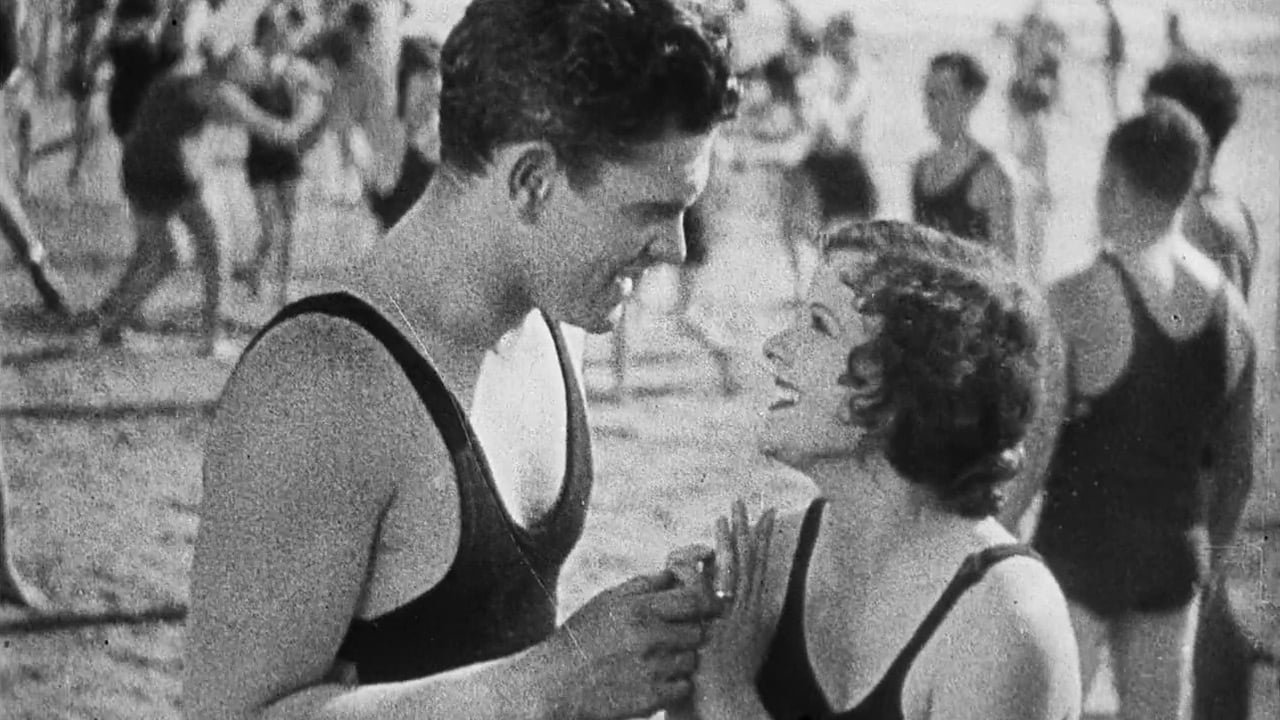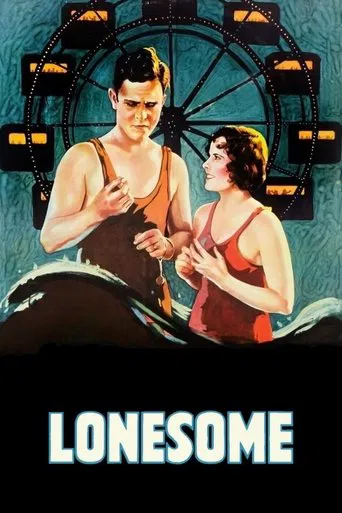

Despite Mordaunt Hall's slightly negative review in The New York Times (the critic has it for Fejos whom he constantly and consistently refers to as Doctor Fejos), this is a movie that has gathered a well-deserved reputation despite being burdened with three added sound sequences which are not only banal in themselves, but hold up the exposition of the charming plot. Fortunately, the DVD is the silent version. Alas, it is printed in black-and-white. No tints! That's a shame, but nonetheless you can get the drift of the story and see the excellent performances delivered by Tryon, Kent and the rest of the cast. As some of you know, Hal Roach built up Tryon as a comedian to replace Harold Lloyd, so it is something of a surprise to see him in a serious, romantic role, but he manages the transition supremely well. Barbara Kent is delightfully charming as the girl. Nostalgia lovers and history buffs will enjoy the well-staged location footage at Coney Island.
... View More...that I cannot stand my own company...says the hero.This could be the optimistic side of King Vidor's "the crowd".This era was a time when the pursuit of happiness was legitimate and "even with a face like that" you could hope to find the woman of your dreams.Robert Siodmak would make "Menschen Am Sonntag" and Marcel Carné "Nogent Eldorado Du Dimanche" soon after ,and would replace Coney Island by the banks of the Rhine or of the Seine.1928 was the year before the crash .Even in the biggest city in the world ,you can be lonelier than the loneliest of creatures.He pretends he is a millionaire ,she pretends she is a princess ;in fact he is a working man,she is an operator .It is not as optimistic as it seems at first sight.The crowds are hostile and do nothing to help them ,they are as selfish as today's crowds ."Lonesome " is an important movie,if only for its simplicity and its spontaneity.Everything happens in the short space of one day (from the rude awakening to the night when solitude becomes even harder to bear ) and the two principals are really endearing ,almost matching Janet Gaynor and Charles Farrell.NB:Paul Fejos would continue his career in France in the early thirties where he directed Annabella in a tragic melodrama ("Marie Legende Hongroise")and a remake of Feuillade's "Fantomas", the first third of which surpasses the original .
... View MoreA sister of Sunrise and The Crowd, this film is more emotional and poetic than those landmarks and every bit as great. The plot concerns two working class American types, he works in the factory, she works on the intercom who meet by chance on a fairground and fall in love and then lose each other without knowing where the other lives.The film's beginning is to be treasured, it follows in detail the morning ritual of first the girl and then the man in their respective homes. The effect conveyed is the organization and elegance of women over the tardy, rushed, half-baked activities of men. The love story between the two characters is so beautifully etched and played so naturalistically by the actors(Barbara Kent and Glenn Tryon) that the sense of loss in the latter half of the film is all the more painful and heart-breaking. The film deals with a certain truth about living in a city that has remained constant even after a good 80 years. At once a constant sense of community and at other an equally constant sense of loneliness from being in a crowd.
... View MoreA young man and a young woman lead nearly identical lives throughout the day, he a punch-press operator and she a telephone operator. After work, both decide to go to Coney Island, where they meet, have fun, fall in love, and then lose each other. The movie's cute, but it isn't anything superb. There were two much better films made in the same year that Lonesome reminds me of. First, King Vidor's The Crowd, one of the best films of the period. That one takes place over quite a lot more time, but the styles are similar, with The Crowd being much more sophisticated in its narrative, characterization, etc. The Coney Island scenes are probably the most celebrated part of Lonesome, but these are nothing compared to those in the Harold Lloyd vehicle Speedy. Fejös exaggerates these scenes beyond belief, with so much confetti falling on the Coney Island patrons that one would think the crowd would drown in paper. This film is from the school of silent filmmaking where putting a lot of people on screen at the same time is considered ingenious. In comparison, the crowds of Speedy are believable, and that sequence is absolutely lovely. Lonesome also suffers from three intrusive sound sequences, which Universal forced in at the last minute. They stop the film dead in its tracks (but they are somewhat funny). Overall, the film is entertaining, if not too memorable. One particular sequence stands out as masterful: the man's and woman's workdays, edited back to back, with the whole screen surrounded by the numbers on a clock, translucent hands following the time. 7/10.
... View More